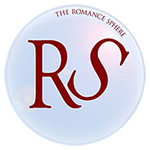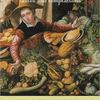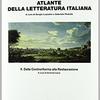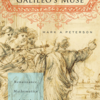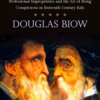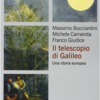In this paper I analyze a corpus of works, primarily verse, published during and in the aftermath of the French Wars of Religion (1562–1598). This “corpus” displays a markedly corporeal, bodily aspect: its authors conceive of the violent factional conflicts of the Wars of Religion as “intestinal,” a disease like a plague tearing apart the civic and political “body” of France from within. The “troubles” were often described as a poison or venom infecting the flesh and blood of France and its citizens or as a monstrous form, like wolves, attacking them. Writers from both the Catholic and Protestant factions frequently utilized this corporeal rhetoric, including Pierre de Ronsard in his Discours des misères de ce temps (1562), Agrippa d’Aubigné in his long epic poem Les Tragiques (1616), and the authors of numerous contemporary polemical pamphlets like the anonymous Discours contre les Huguenots, auquel est contenue et déclaré la source de leur damnable religion (1573). Unlike their predecessor Rabelais, who accorded a primary place to the body and all its functions in his grotesque satires, for these authors the body is always diseased and dying. By studying the place of the body and discourses of disease in literary texts surrounding the Wars of Religion in conjunction with early modern theories about the physical body and the body politic, this paper will analyze the images of plague and disease so prevalent during this turbulent period and what they can tell us about contemporary understandings of the Wars of Religion.
Author Bio
Charlee Redman is a PhD student at the University of Maryland-College Park interested in early modern literature and culture and the intersections between literature and science.
